
This is a studyblr for everyone have some passion for science, especially astronomy and biology
129 posts
Latest Posts by study-astronomy-biology-ref - Page 5
Strong words to use on a Resume





If you have ever had to write a resume for work or for an application, then you know the hardest part is figuring out what type of words to use that sound professional and and intelligent.
Example: If an application asks you if you have any relevant experience for a job at a day care center and you have experience, like you have babysat children. You would look at the words in the columns to see what words you should use that will help your resume stand out. You might put down “Have supervised and attended to children on a regular basis.”
I hope this is helpful to you.

The Perseid meteor shower over Mt. Hood
Source: https://imgur.com/ssijwh2
What would happen if two galaxies or black holes became one?
Hi there!
Astronomers have had the opportunity to observe galaxies colliding so they have been able to learn more about them!
In a galaxy collision, although quite violent, nothing usually happens to the stars or any solar systems! This is due to the vast spaces between stars. Usually the friction and gravitational interactions between the galaxies is what makes it violent. Our very own Milky Way galaxy is on collision course for the Andromeda Galaxy. It’s predicted that nothing will happen to our solar system, that we will just be flung into another part of the galaxy!
Black holes on the other hand are much more violent. Astronomers haven’t actually witnessed black holes colliding, but through computer simulations they’ve been able to simulate it!
The collision begins once they come too close to each other to escape each other’s gravity. Once that happens they’ll spiral towards each other until they eventually collide. Since it’s so violent they actually send ripples into space time!
Hope that helped! If not, feel free to ask me anything else :) xx
is there anything you can tell us to expand on the space time ripples found in simulated black hole collisions?
Hi!
In one of my other responses I explained the whole concept of space time, here’s how i explained that:
A way that you can picture the bending of space time is this:
Picture two chairs, the backs facing each other. Then tape one end of a blanket to one of the chair backs and the other end of the blanket to the other chair back. What you have now should like this:

Now, if you were to place a tennis ball somewhere on the light blue blanket (top blanket), that blanket would no longer be flat, there would be a bend or a curve in it. Let’s say you put a basketball on the top blanket instead of a tennis ball. Since the basketball is bigger, the bend/curve that it makes will be a lot bigger than the tennis ball’s because the basketball has more mass.
So that blue blanket at the top of the chairs represents space time. If there were to be two large objects, let’s say basketballs, that were to “collide” (representing two black holes). Since they’re so large, they’d create these ripples in the blanket that can be observed.
Another easier way to think about it is like dropping a pebble into a lake. The bigger the pebble, the stronger and more frequent the ripples are. So since black holes are very massive, they create larger ripples compared to something smaller!
Astronomers haven’t been able to directly observe these ripples in space time, they were theorized by Einstein, however there’s an announcement being made all over the world today about data obtained from the Laser Interferometer Gravitational-Wave Observatory (LIGO)!
Here is a link talking a bit about that press conference!
I hope that helped to clarify everything! If not, feel free to ask again and I’ll try my best to clarify!
UPDATE: HERE are the findings of the conference, they’ve detected them for the first time!
What is a "nebula"?
A nebula is a large cloud of dust and gas that are star-forming regions. They’re formed when a star dies and its outer layers expand, creating a colourful cloud of gas. In other cases, they’re formed when a star goes supernova (when a really big and bright star dies and explodes).
There are emission nebulae, reflection nebulae and dark nebulae. Emission nebulae are close enough to a star that the gas particles absorb the UV light, get excited and emit their own light. Reflection nebulae are when a nebulae isn’t close enough to a star to absorb it’s UV light so it just reflects it. Dark nebulae aren’t close enough to a star to either absorb it’s light nor reflect it. The only way a dark nebulae is visible is if there’s a star behind it that can act as a backdrop, illuminating the back of the nebulae.
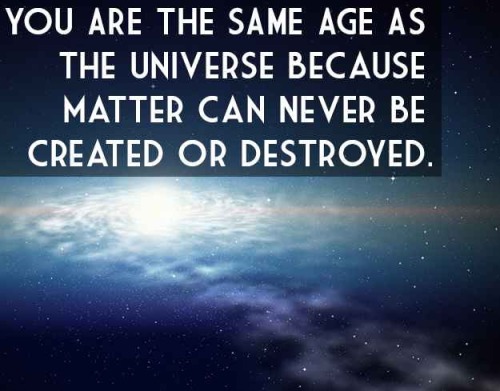
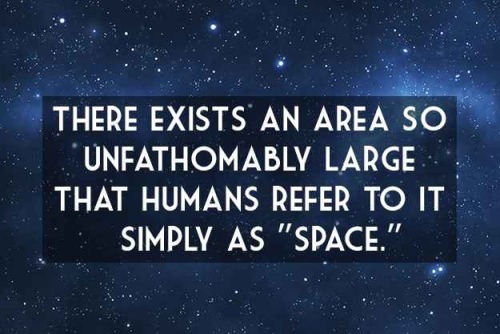
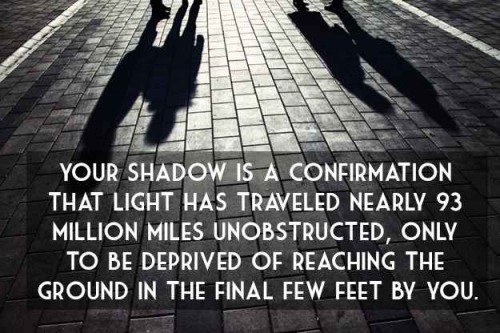
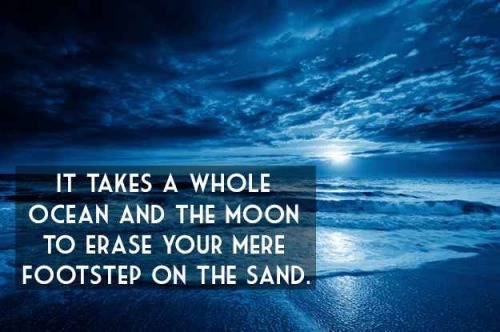

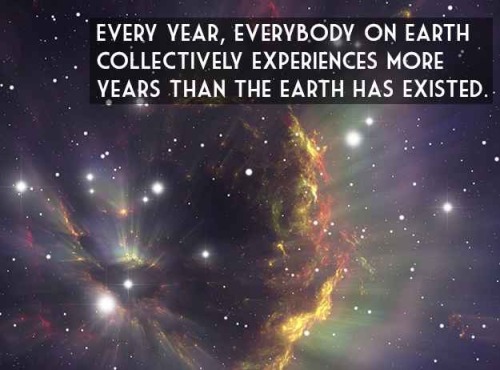
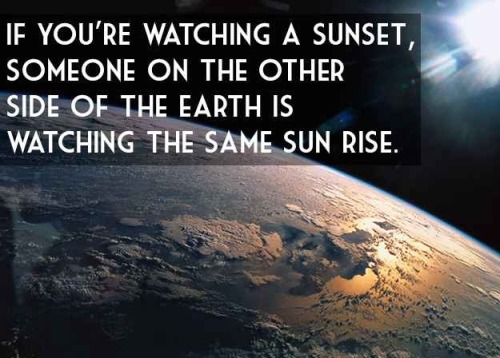
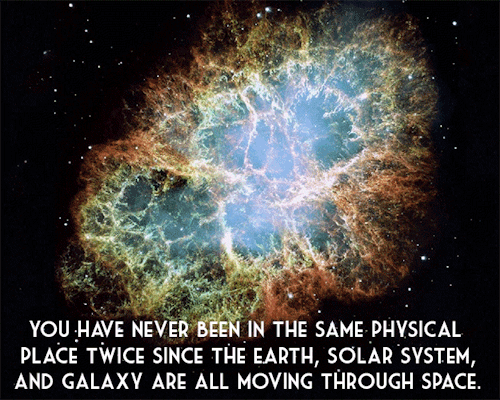
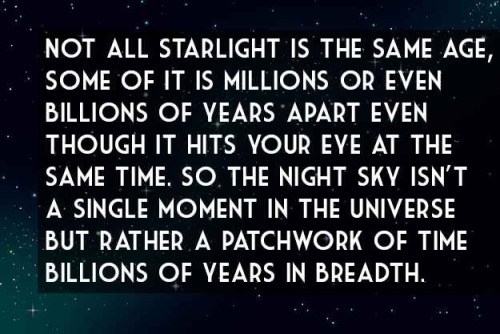
9 things to seriously make you re-consider the entire existence of mankind
Source: buzzfeed.com










This Year in Space (infographic)
From Pluto to the most Earth-like planet ever discovered…this years was a fantastic year in space. Here are the most notable astronomical events from 2015.
May you all journey well into 2016.
See all our infographics at: http://futurism.com/infographics/


